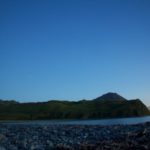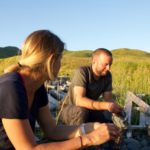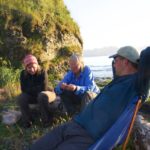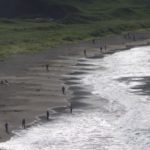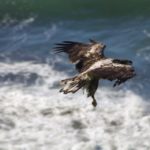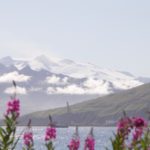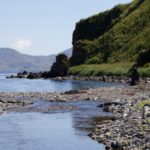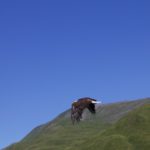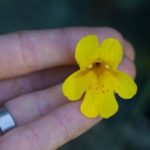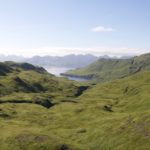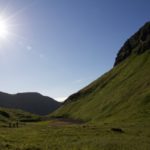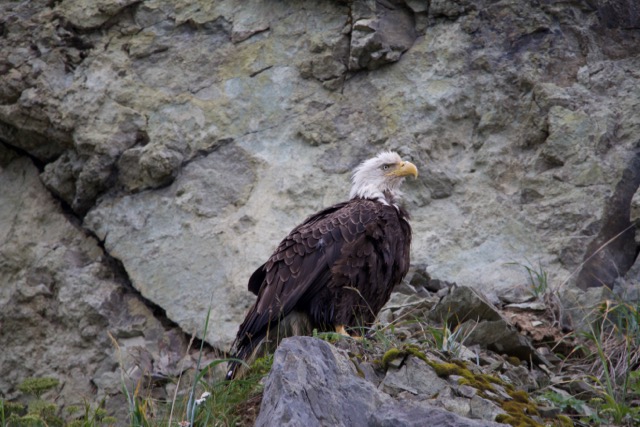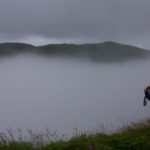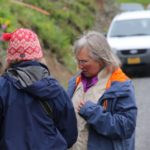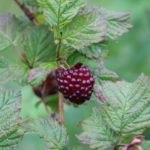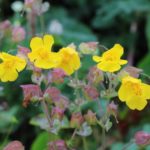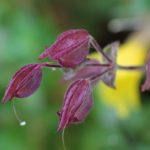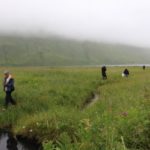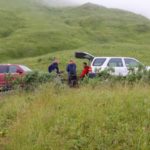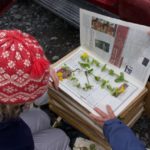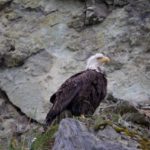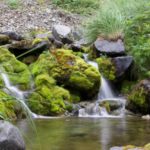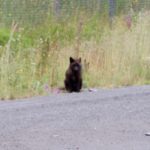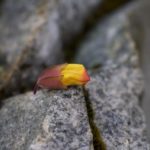1 August 2016.
In 1805, Grigori von Langsdorff, a naturalist travelling with a Russian expedition, reached the island of Unalaska. Welcomed by the Unangan people that approached their ship in baidarkas (kayaks), Langsdorff and some of the crew crossed Beaver Inlet and reached the shore in Ugadaga Bay. Along the way, Langsdorff discovered two new plant species, and one of them would eventually spread as far as Scotland and New Zealand.
Today, we traced back the steps of Langsdorff in search of the plant he discovered 211 years ago: the yellow monkeyflower Mimulus guttatus.
As we descended into Ugadaga bay, the Aleutians gave us a spectacular and very rare welcome. A cloudless, bright blue sky highlighted the intense green of the vegetation. The green mountains were only interrupted occasionally by rock screes and a few snow patches resisting the summer.
In the narrow and steep gorge cut by the stream crossing the valley, we found the first monkeyflowers. A few scattered plants hanging on the banks, and blooming profusely with yellow fury. Finding this plants is the culmination of our National Geographic expedition to the Aleutians.
It was easy to be thrilled and moved realising that we had found Langsdorff’s plants and walked the same ancient trail that he took to reach the village of Iliuliuk two centuries before.
As we descended onto the pebble beach, we saw and collected more monkeyflowers. We sat on the beach and dipped our toes in a salmon river at the south end of the bay. The Alaskan sun shone unimpeded by clouds. As we watched salmon in the river and bald eagles soaring above us I imagined the sense of discovery that Langsdorff must have felt as he travelled through the Aleutians.
In the afternoon, we set camp in Morris Cove and talked and watched the sun set in a sea teaming with sea otters and Steller sea lions. At midnight, after the sky finally darkened, the salmon approach the beach, jumping in search of the fresh water creek.

